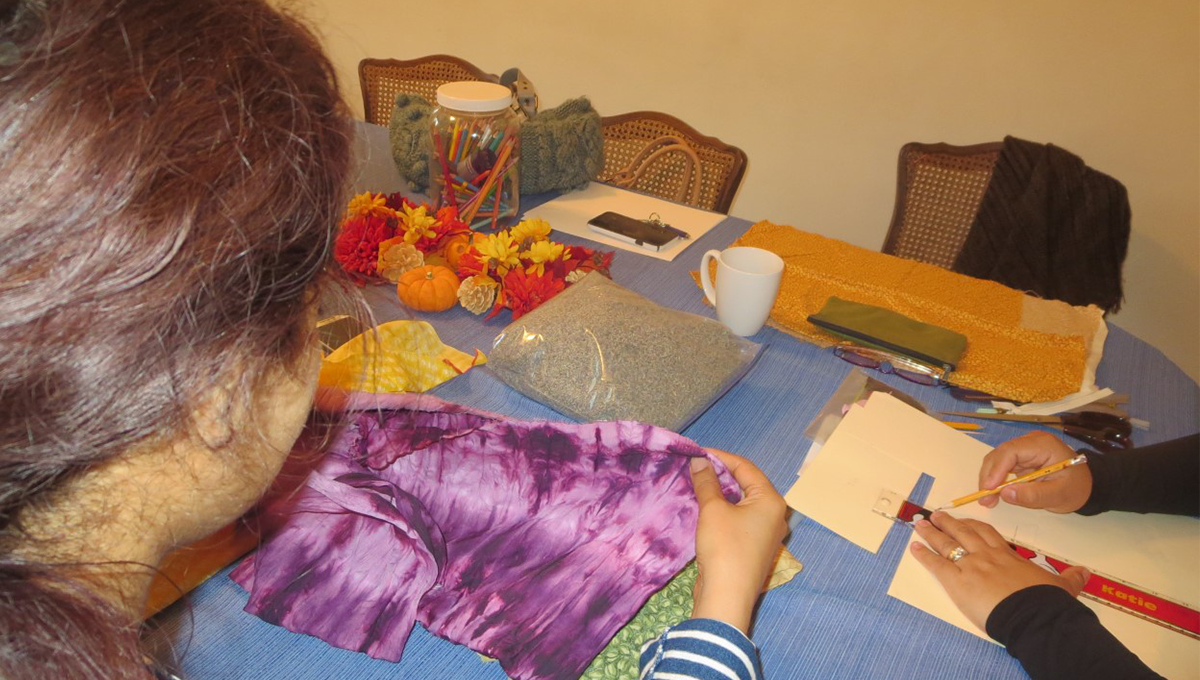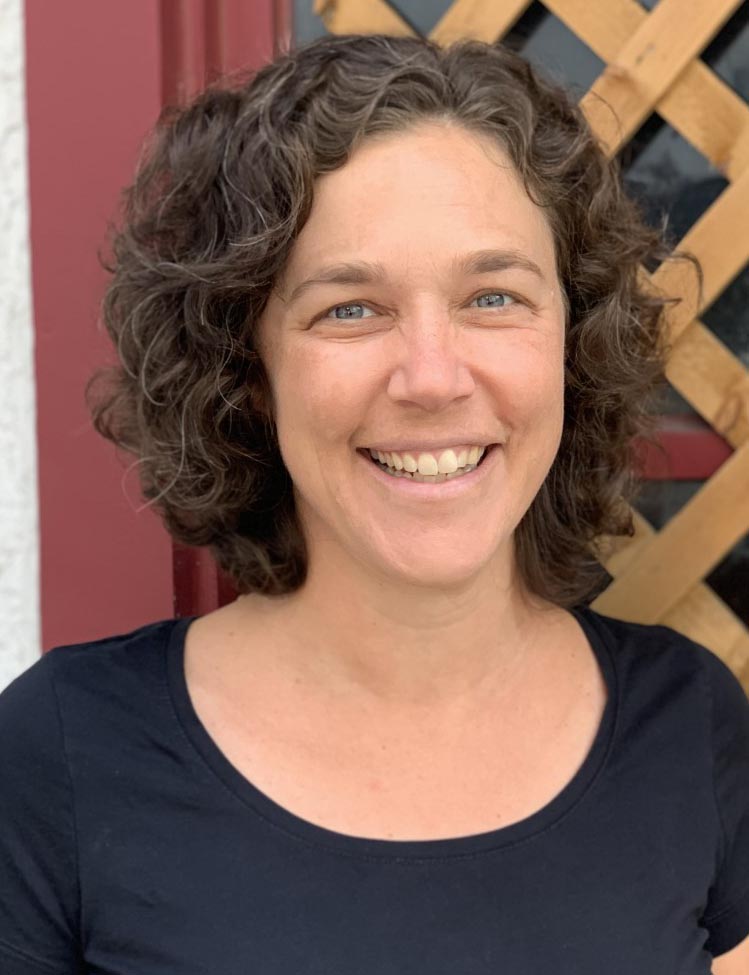
My favorite place Inside the LifeWay Network safe house—for women on the journey to heal from the devastating effects of human trafficking—was the dining room table.
Over the four years I lived there, it was where real life happened and where I could always catch a glimpse of why I was involved in this ministry. It was the place of many ordinary meals, both planned and spontaneous, and special celebrations like holidays, birthdays, religious traditions.
The idea of sitting at a table for these meals was not always easy for our guests, especially if they were more used to scrounging for food, or eating from take-out containers in front of a television, or they had never in their lives had a birthday meal with a cake, candles, and singing.
Being together at the dining room table required a patience to walk gently through the awkward conversation about the day, the weather, or current events, while always being open to the silence or whatever someone wanted to share. The table held laughter, tears, tensions from jealousies or fears, stories of far-away homes and perhaps children left behind. Traditions of home were expressed in meals prepared with love, and brought new flavors and joy to everyone in the sharing.
I moved to New York City from Denver to be a part of the live-in community of religious sisters at LifeWay Network. I arrived with the prayer that somehow God would break open my heart in the ways that I most needed. I wanted to be “all in”—to place myself on the margins with women who had become the disposable ones in our society through their exploitation by force, fraud or coercion for someone else’s profit.
The main approach at the safe house claims that intentional community fosters healing and becomes a restorative setting in which life can be reclaimed by a person who has been so dehumanized. When the community embodies a trauma-informed accompaniment, the flourishing of the human person and the entire community is possible.
An inter-congregational core community of three sisters hosted up to five women in the safe house at any given time. Each woman stayed with us for about one year and was referred to us by partner agencies or law enforcement who knew about our program for survivors of labor or sex trafficking. While every person’s story was unique, the guests generally arrived terrified with a very limited sense of self, broken by betrayed trust. Our live-in community and professional program staff provided non-judgmental and consistent presence, encouragement, and the opportunity to make choices to promote healing and empowerment.
The years I spent at the safe house allowed God to answer my prayer for a more open heart. Shared meals and activities like art projects, poetry, or Bible study at the dining room table were a significant part of that journey for which I will always be grateful.
There are many opportunities to get involved in the anti-human trafficking movement through service, education and advocacy. To learn more, I recommend connecting with U.S. Catholic Sisters Against Human Trafficking, a network open to all people who share the desire to end slavery in our world today.